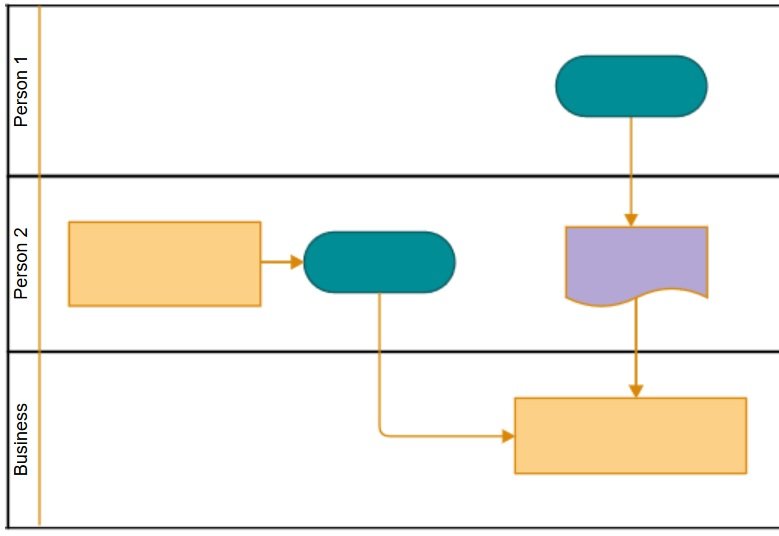 Having clearly documented processes helps build stronger communication and understanding in your organisation.
Having clearly documented processes helps build stronger communication and understanding in your organisation.
Process maps are a great way to document the processes – but before you start there’s a few things to prepare.
1 – Define the objective
Defining the objective helps you understand how detailed the process map need to be.
Consider what you are creating the process map for – do you need it for:
- documentation
- analysing a process
- maintaining consistency of processes
This should help you understand how detailed the process map needs to be and therefore which parts need to be visualised.
2 – Define the scope
Defining the scope is a key step when mapping a business process.
If scope is not defined it could end with endless growth of the boundaries – “scope creep”.
Generally speaking – the scope would would be found by asking:
- what starts the process (e.g. a customer orders a product)
- what ends the process (e.g. the product is delivered to the customer).
This will help you understand where your process starts and stops – and whether you have one or many processes working together.
3 – Brainstorm the activities involved
Brainstorming a process is best done as a team.
Assemble a team of people that have hands on experience for the whole process.
Ask the team:
- what are the steps required to complete the process?
- who does what and when?
At this point try to focus on the tasks and not the sequence – this helps keep the meeting focused.
4 – Determine and sequence the events
Once the brainstorming process is complete you need to sequence the steps.
When sequencing events, consider:
- which steps need to happen to enable other steps?
- which steps can happen independently (do not require other steps to happen)?
- which steps can happen simultaneously (can happen at the same time as other steps)?
This is best done as a team activity so you can ask questions along the way.
Now you’re ready to process map!
You should now understand the who, what, when and why of the process – enough to start creating the process map.
If you need help check out six tips for creating a process map that works.
